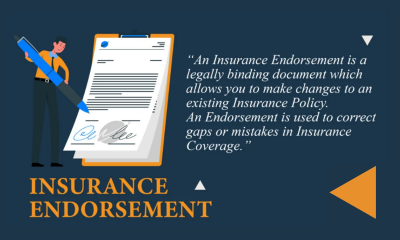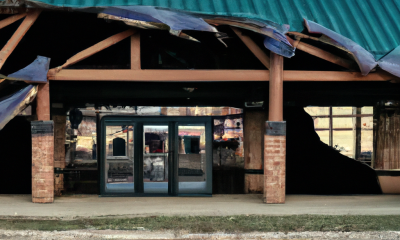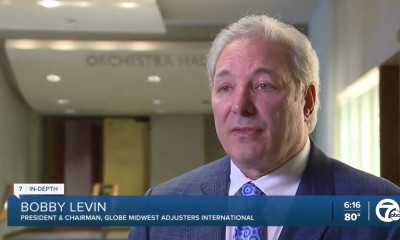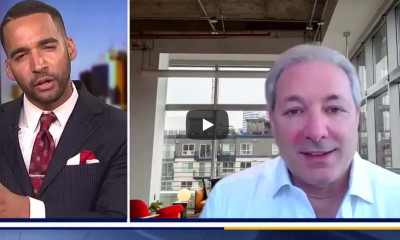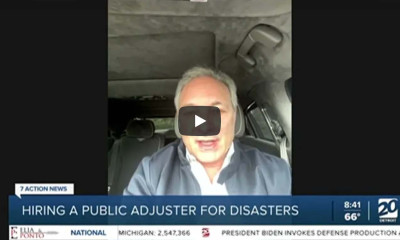Businesses purchase property insurance to ensure they are covered following a loss. The business owner invests a great deal of time documenting the contents of the building and estimating the cost of repair or replacement. However, when doing so, individuals often neglect to consider the hidden costs associated with the process. They overlook the cost of removing any debris that is present, rebuilding the structure to meet current code guidelines or bylaws, and hazardous substance removal expenses. As a result, they find their insurance policy doesn’t fully cover this loss and additional funds must be spent to complete the process.
The Removal of Debris
Before the repairs may be carried out or the structure rebuilt, any debris that is present must be removed. Debris removal coverage considers the cost of removing the debris as well as having it hauled away. Furthermore, in the event hazardous materials are present, a policy of this type covers any specialized contractors that must be called in. These additional costs may significantly increase the value of the claim and exceed the limit of insurance.
Many property insurance policies do account for debris removal. Nevertheless, they fail to provide additional limits and are for a small amount. They don’t consider the size or age of the building and the work that will be required to complete the process. Business owners are understandably frustrated at this time as they thought they were covered and they aren’t. Professional help is needed to get the matter resolved.
The Building Code and By-Laws
Federal, state, and local governments continually update their building codes and by-laws based on current information. As a result, business owners often find repairing or replacing their building and the contents costs more than their policy will cover if they are to comply with these updates. Municipal by-laws tend to be the most impacted by changes, and this can have a significant impact on the final project cost.
Fire protection requirements frequently undergo revision to ensure the safety of the building’s occupants and may involve adding a sprinkler system to the structure. Handicapped access requirements are regularly evaluated to ensure every person has access to buildings, and the application of amended setbacks could necessitate the addition of a second story to the structure. Snow load requirements are another area often looked at by governments and upgraded tresses may be needed to meet these amended requirements. These are only a few of the many examples of hidden costs associated with the repair or replacement of a structure following a property loss, and professional guidance is crucial at this time to ensure the work complies with the building code and by-laws without a great deal of expense for the business owner.
Furthermore, business owners need to recognize the age of the structure plays a major role in the cost of conforming with the code and by-law changes. As a result, every business owner needs to analyze their existing policy regularly and making changes as needed to reduce or eliminate hidden costs associated with repairing or replacing their livelihood. A failure to do so can be costly and lead to unexpected expenses that may do great harm to a company’s bottom line. By taking this step, a business owner reduces the risk of this occurring.
In the event an insurance carrier refuses to pay out the amount needed to recoup the loss, business owners find they have options. Many choose to hire an attorney to assist them in fighting the insurance carrier. However, never overlook the option of retaining a public adjuster. The adjuster works to bring the offer to an acceptable amount and have the claim paid in a timely manner so normal business operations can resume promptly. The sooner this professional is brought in, the fewer complications that will typically arise.


